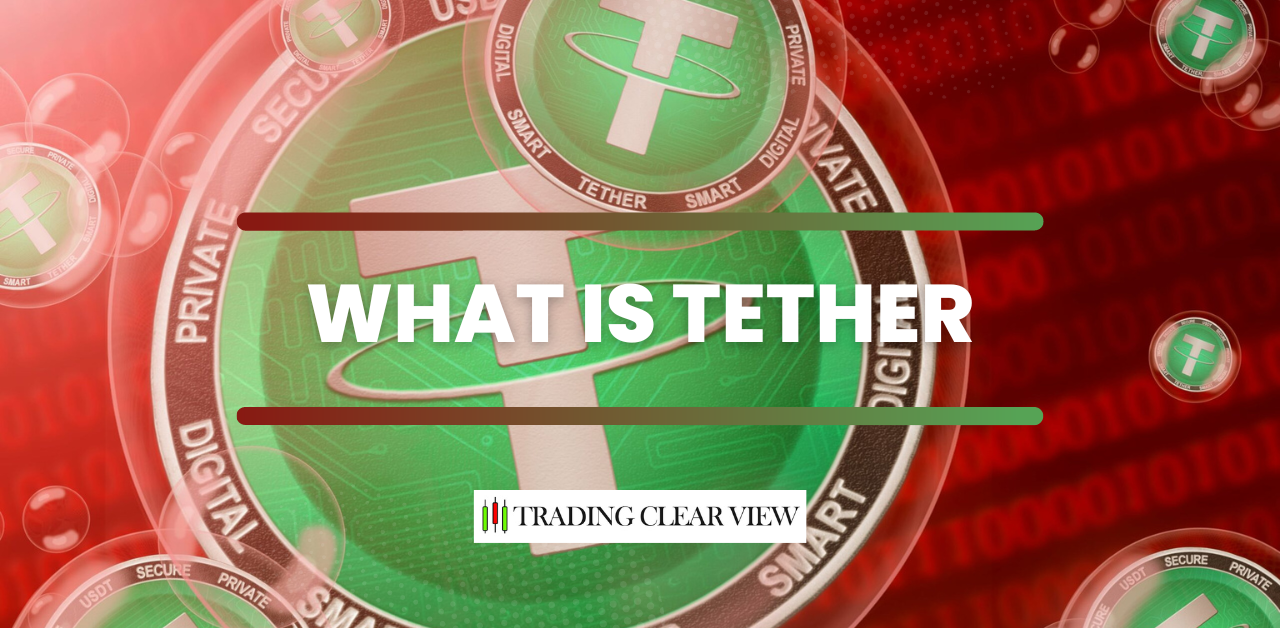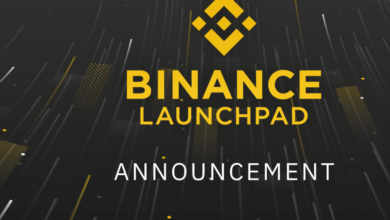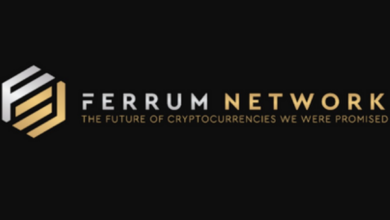What is Tether (USDT)?

Tether (USDT) is a cryptocurrency that is designed to be pegged to the value of the US dollar. Each Tether token is meant to represent one US dollar, and the company behind Tether claims that they hold an equivalent amount of US dollars in reserve to back up the value of the cryptocurrency.
Tether was created as a stable coin, which is a type of cryptocurrency that is designed to maintain a stable value relative to a particular asset, such as a fiat currency like the US dollar. The idea behind that it is to provide the benefits of cryptocurrencies, such as fast and cheap transactions, while also offering a more stable store of value than traditional cryptocurrencies like Bitcoin or Ethereum, which can be subject to significant price volatility.

Tether is one of the most widely used stable coins in the cryptocurrency ecosystem, and it is used by many exchanges and traders as a way to move funds between different cryptocurrencies without having to convert back to US dollars. However, Tether has also been subject to controversy and criticism over concerns about the transparency of its reserves and the potential risks associated with using a centralized entity to manage a stable coin.
How Tether Works?
Tether (USDT) is designed to work as a stable coin, this is achieved through a mechanism called “tokenization,” where each Tether token is meant to represent one US dollar. The process of creating Tether tokens begins with the company behind Tether receiving US dollars from customers. These dollars are held in reserve and are meant to back up the value of the Tether tokens that are issued. For each dollar that is deposited, the company creates a corresponding Tether token, which is then transferred to the customer’s cryptocurrency wallet.
Tether tokens can be traded on various cryptocurrency exchanges, and their value is meant to remain stable at $1 per token. When a customer wants to redeem their Tether tokens for US dollars, they can do so through the company’s website, by sending the tokens back to the company and receiving an equivalent amount of US dollars in return.
The main advantage of Tether is that it provides a way to move funds between different cryptocurrency exchanges and platforms without having to convert back to US dollars. This can save time and money for traders who frequently move funds between different cryptocurrency assets.
However, Tether has been subject to controversy and criticism, primarily due to concerns about the transparency of its reserves and the potential risks associated with using a centralized entity to manage a stable coin. Some experts have also raised concerns about the potential impact of Tether on the broader cryptocurrency ecosystem, given its significant influence on trading volumes and prices.
What is the underlying asset of Tether cryptocurrency?
Tether (USDT) is designed to be backed by the US dollar on a one-to-one basis. The underlying asset of Tether is therefore US dollars held in reserve by the company behind Tether. The idea is that Tether’s value will remain stable at $1 per token, because the company behind Tether is meant to hold enough US dollars in reserve to back up the value of all the Tether tokens in circulation.
It’s worth noting that the exact composition of Tether’s reserves has been the subject of some controversy and debate. The company has claimed in the past that it holds a one-to-one ratio of US dollars to Tether tokens, but there have been concerns about the transparency and accuracy of this claim. In recent years, Tether has also expanded to include other assets as part of its reserve, including other fiat currencies and even some forms of digital assets like Bitcoin.

Is Tether controversial?
Yes, Tether (USDT) has been controversial in the cryptocurrency industry for several reasons. Here are some of the main points of controversy:
- Transparency: One of the main concerns surrounding Tether is the lack of transparency around its reserves. While the company claims to have a one-to-one backing of US dollars for each Tether token, there have been questions about whether this is actually the case. The company has not always been forthcoming about its reserve holdings, and some critics have alleged that Tether has created USDT tokens out of thin air without the necessary reserves to back them up.
- Regulatory issues: Tether has faced regulatory scrutiny in the past over its operations. In 2017, the company settled with the New York Attorney General’s office over allegations that it had misled customers about its reserve holdings. Tether has also been banned in some countries, including China.
- Potential market impact: Tether is one of the largest cryptocurrencies by market capitalization, and its value is closely tied to the overall health of the cryptocurrency market. Some experts have raised concerns that a collapse in Tether’s value could have significant negative impacts on the broader cryptocurrency ecosystem.
Despite these concerns, Tether has continued to be widely used in the cryptocurrency industry as a means of transferring funds between different exchanges and platforms. The controversy surrounding Tether has also led to the development of alternative stable coins that aim to provide more transparency and accountability in their operations.
What is the future plan and projects of Tether USD?
Tether (USDT) has a number of plans and projects in the works for the future, many of which are focused on expanding the use cases and accessibility of the stablecoin. Here are a few of the main projects and initiatives that Tether is working on:
- Expanding to new blockchains: Tether was originally launched on the Bitcoin blockchain, but the company has since expanded to several other blockchains, including Ethereum and Tron. Tether has plans to continue expanding to new blockchains in the future, which could help make the stablecoin more accessible and widely used.
- Central Bank Digital Currencies (CBDCs): Tether has expressed interest in working with central banks to help them issue their own digital currencies, also known as CBDCs. Tether has said that it could use its existing infrastructure and expertise to help central banks create and manage their digital currencies.
- Decentralized Finance (DeFi): Tether has been working to expand its presence in the growing DeFi ecosystem, which involves the use of blockchain technology to create decentralized financial applications. Tether has partnered with a number of DeFi platforms to provide liquidity and stablecoin support.
- E-commerce and payments: Tether has also been exploring the use of its stablecoin for e-commerce and online payments. Tether’s stable value and ease of use could make it an attractive option for merchants and consumers who want to make transactions in cryptocurrency.
Overall, Tether is focused on expanding the use cases and accessibility of its stable coin, and has several projects in the works to achieve these goals.




